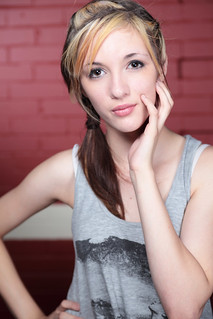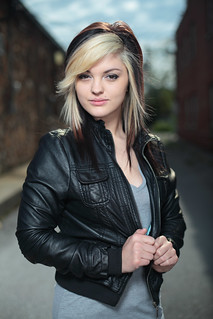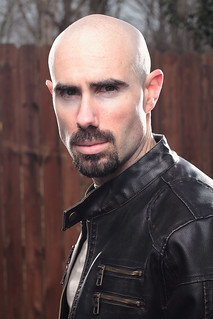DPP = Digital Photo Professional
Digital Photo Professional comes on the disk that you receive when you purchase a retail Canon SLR. And no matter which Canon SLR you buy, you can always upgrade to the newest DPP (available from the Canon website) for additional features and bug fixes.
Whenever I do a photo job that involves processing lots (and lots) of pictures, I use DPP. In my mind, it does everything I need a batch post processing software to do. I can adjust exposure, sharpness, noise, color, contrast (shadows and highlights independently), and apply lens corrections and add ratings. I can copy settings from one picture and apply those settings to every picture, or I can simply adjust the settings of all the pictures at the same time (assuming I want the settings to be the same). And best of all--it's free.
After using DPP to convert the RAW files to jpegs, I then choose some select images to further post process in Photoshop. Truth is, for most of the fine tuning I do in Photoshop, I could alternately use GIMP (free download).
A lot of the "pros" use Lightroom, and there's nothing wrong with that. I've used it, but I never found the additional features of Lightroom to be worth while for me. And if "pros" don't use DPP, then I'm fine being called something else. ;-)










 Reply With Quote
Reply With Quote
